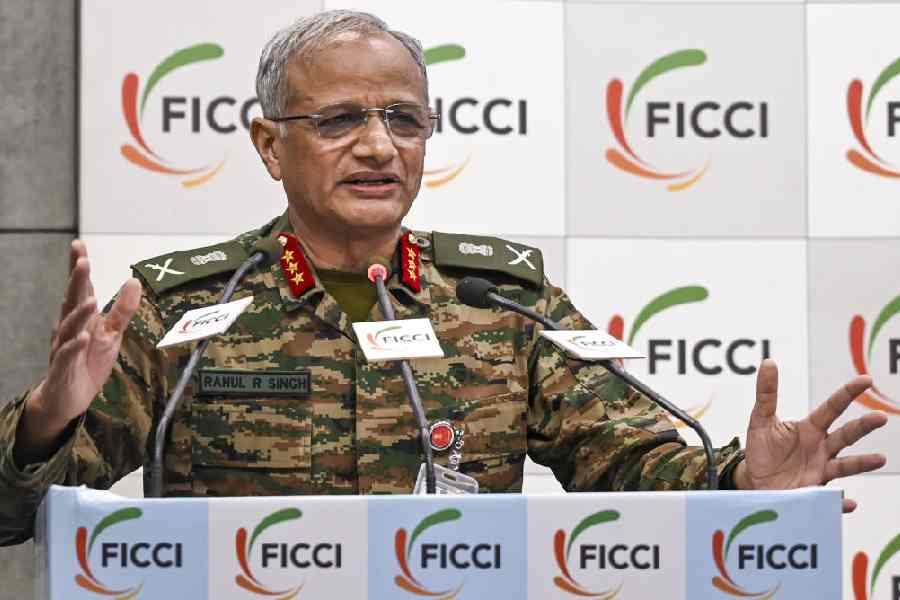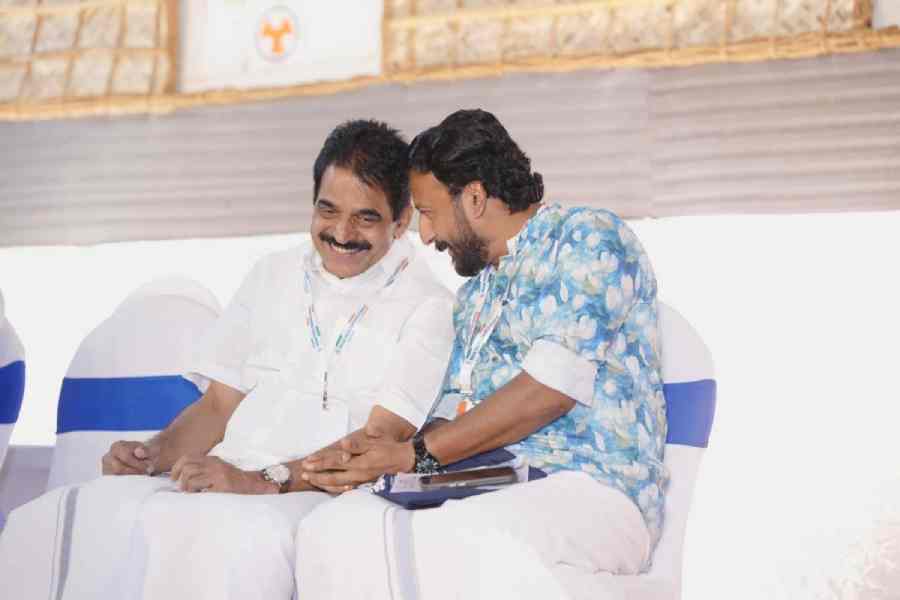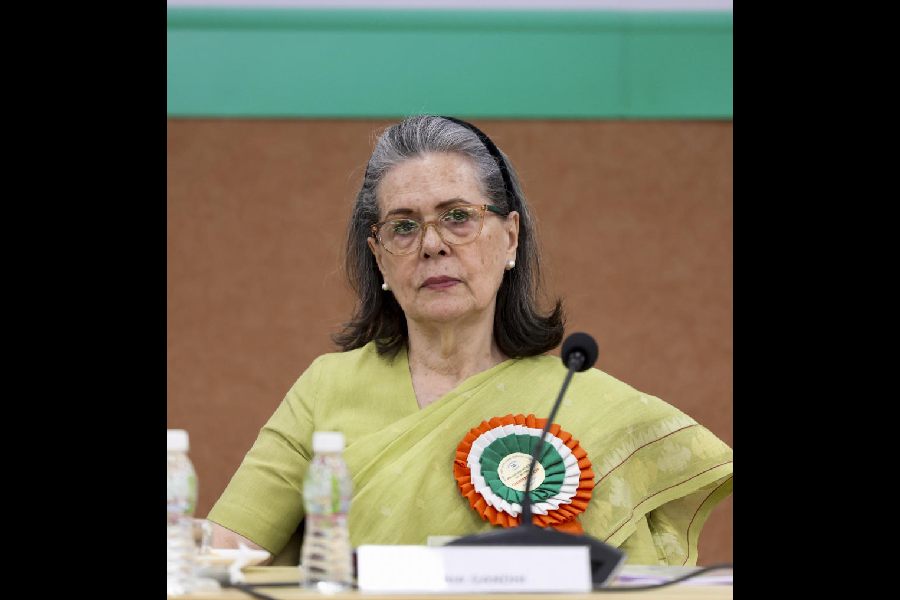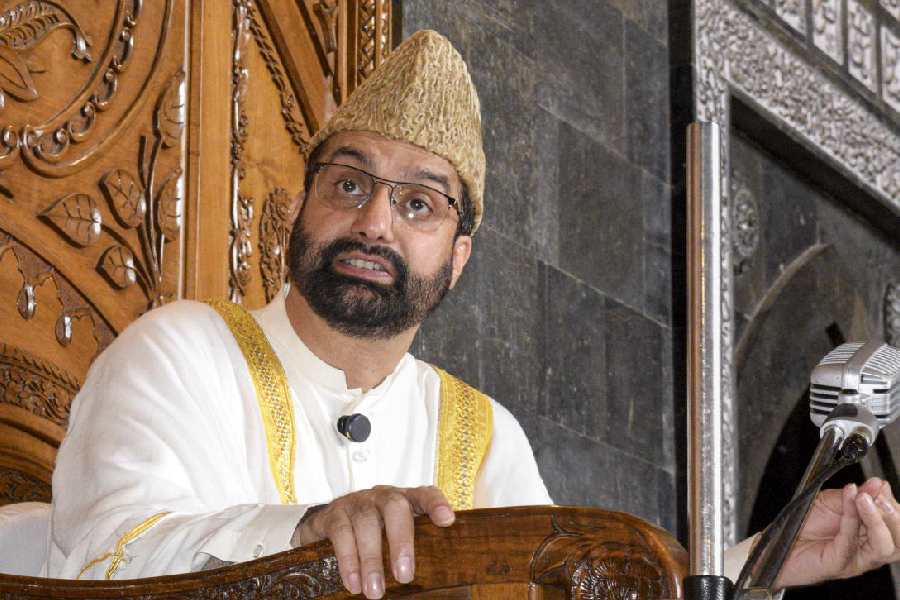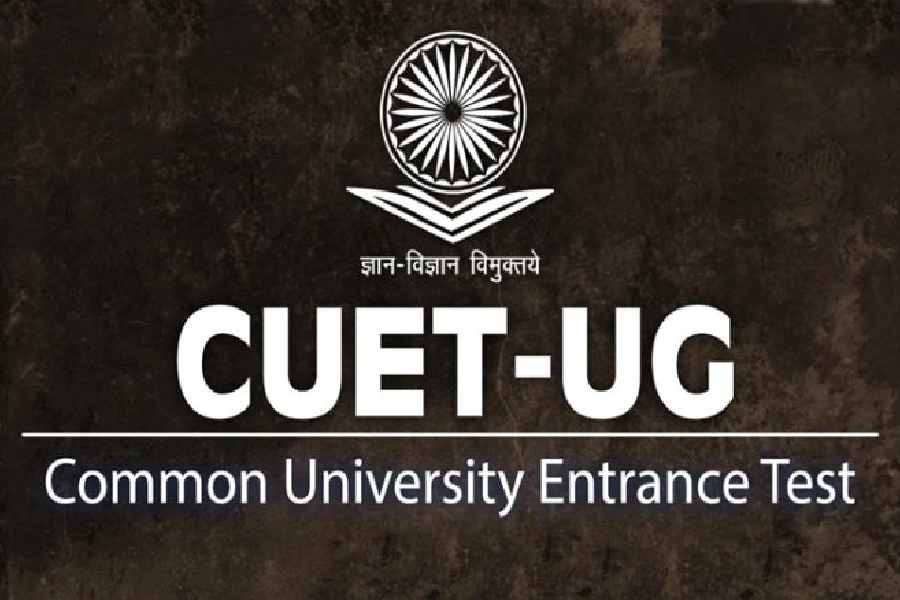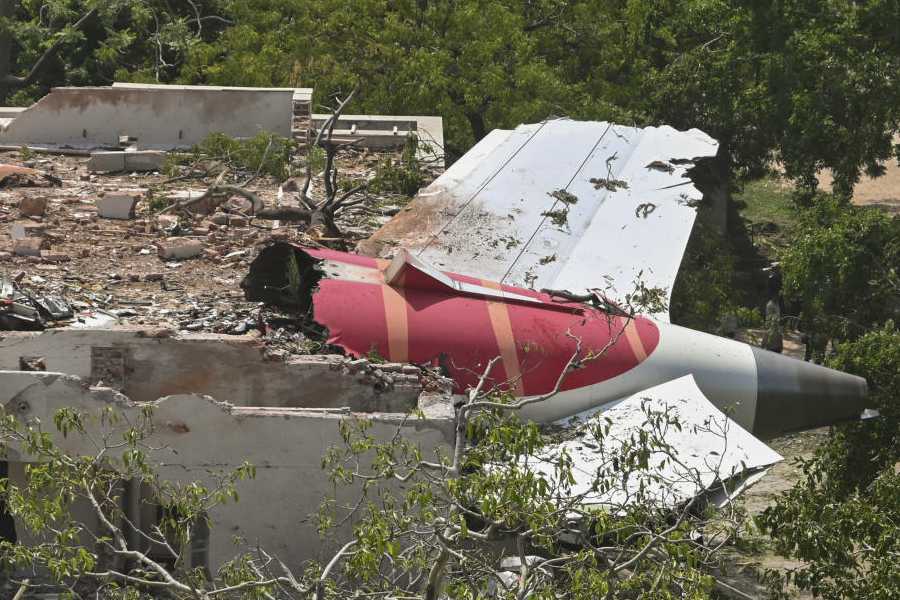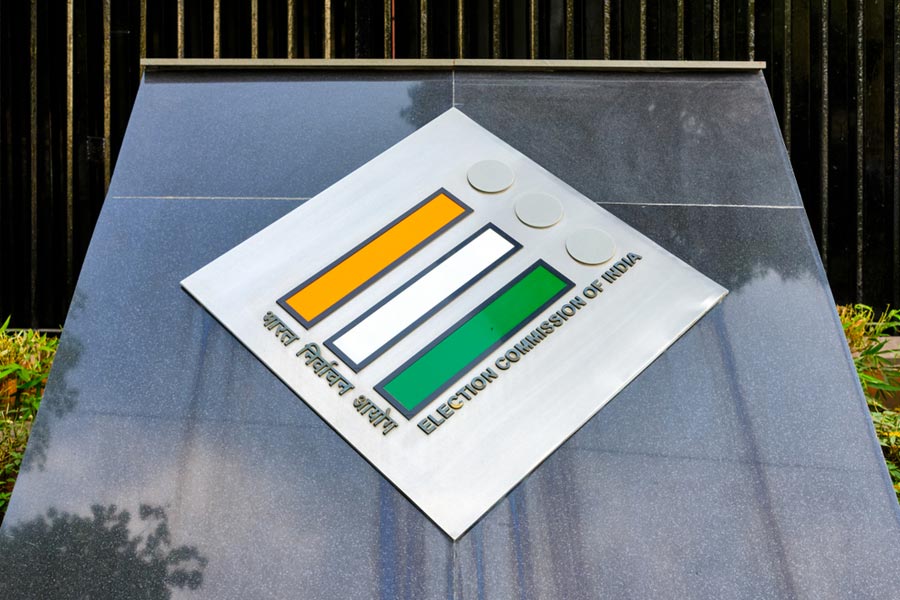 |
| The only available picture of Mujibur Rahman’s body after his assassination |
Dhaka, Aug. 14: When Babu Ansari, 66, closes his eyes, he can still feel the cold steel of the soldier’s gun on his back and see the horrifying scenes he is the lone Bangladeshi civilian alive to have witnessed.
Scenes that represent a missing piece of his country’s history.
That night 35 years ago, in his newspaper office’s studio, the then 31-year-old photographer was bent over 36 negatives — the only visual testimony to the brutality with which a band of army officers had killed Mujibur Rahman with his wife and sons a few hours ago.
The pictures had just been clicked by Ansari’s senior colleague Gulam Mola, the chief photographer of Dainik Bangla, the only photo-journalist to have walked into Mujib’s Dhaka residence immediately after the massacre of August 15, 1975.
Ansari, now retired, is still tortured by the thought that he could not hold on to any of the 36 negatives, or any of the prints he had developed from them, that night. The army seized them all at gunpoint.
“They took it all away. Till this day I regret that I wasn’t able to preserve even one photograph,” he told The Telegraph.
The photographs have disappeared into one of history’s black holes, except for one that was somehow leaked to the western media a week after the killings. That iconic, uncredited picture of Mujib’s body — whose negative his daughter and current Prime Minister Hasina Wajed hunted down and retrieved in 1985 from a western media house — is even now used by her party in its election posters and was produced as evidence in the Mujib murder trial.
“I know for sure that Molaji clicked it. I cannot be wrong since I developed it. Molaji told me he had clicked it but he didn’t know how it got out,” Ansari said.
Ansari isn’t sure how Mola succeeded in shooting the photographs at a time Mujib’s home had been taken over by the coup leaders and their soldiers. All he remembers is that when Mola returned to the office, accompanied by two “stern-looking” army officers, he was too shocked to speak.
“At that time we didn’t know that virtually the entire family had been killed. I realised this when I saw the photographs,” Ansari said.
“He (Mola) had taken individual photos of all who were killed. Sheikh Kamal, Mujib’s son, lay near the door as if throttled by the half-open door (pressing against his neck). Another son lay near the wash-basin in the bathroom while the third lay on his back in one of the rooms,” he recalled.
“Begum Mujib was lying on her stomach, blood oozing out. Mujib was on the stairs, blood all around him. Molaji told me that after he had clicked Mujib, he had to go upstairs to take the others’ pictures, but he hesitated as there was no place on the stairs that wasn’t streaked with the Bangabandhu’s (Mujib’s) blood. I still remember all the 36 images; I can never forget them,” Ansari says.
Journalist Pavel Rahman, who has been researching the leak of the only available photograph of Mujib’s body, said it was “definitely” taken by Mola and developed by Ansari at the Dainik Bangla office.
He recalled that even several years after the massacre, Mola would say: “Hai, ami ki dekhlam (what a terrible thing I saw)!”
The night of the massacre, Mola had requested Ansari to develop the photos saying he couldn’t bring himself to do it.
Ansari, just promoted to senior photographer, said he feared for his life: the officers entered the studio and kept the nozzle of their guns fixed on his back as he worked feverishly to develop the prints.
“They had blood-shot eyes and looked as if they were not done with just killing our leader — they were ready to kill more. I was frightened. I knew the importance of those pictures. None of those that I printed that day — the only ones of the carnage —have seen the light of day except the one that was leaked,” he said.
“The officers counted each negative and print before they took them away. I tried to hide some of the images, saying they had been wasted or too exposed, but they took each of them away. I have never felt so helpless in my life. I knew I was giving away a part of Bangladesh’s history.”
Those pictures turn 35 tomorrow, a day that, by a strange coincidence, happens to be the anniversary of another photograph that too was a defining image in the history of a country.
When the Japanese surrender was announced on August 15, 1945, a sailor was clicked as he grabbed a nurse in the middle of Times Square, bent her back and kissed her. The photograph went on to become a symbol for the advent of the “American century”, one that expressed a nation’s joy at the moment of its greatest triumph.
When the symbol of Bangladesh’s darkest moment, the leaked black-and-white photo of Mujib’s body, was published, the army picked up Mola. He told them he had neither shot nor leaked the picture.
“Molaji died three years later. I think he never recovered from the shock of that day. But what pained him most was that he couldn’t save his pictures,” Ansari said.
When Hasina retrieved the leaked negative 10 years later, after a long search involving visit after visit to western media offices, she brought it to the Dainik Bangla office to be developed, perhaps in acknowledgement of a historical debt.


